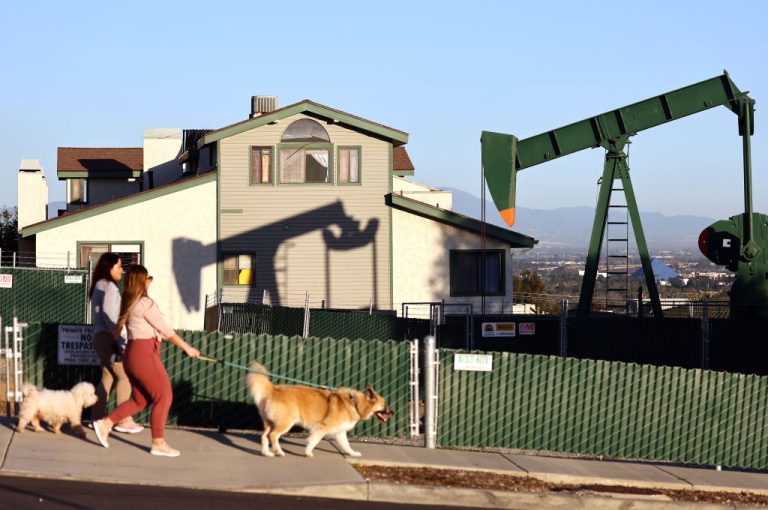On Mar. 20, there was a resurgence in oil prices, with prices rising more than one percent after being at their lowest point in 15 months.
According to Reuters, Brent crude futures for May shot up 82 cents, or 1.1 percent to $73.79 per barrel, while U.S. West Texas Intermediate (WTI) crude futures for April rose 90 cents, or 1.4 percent to $67.64 per barrel. More actively traded May futures increased 89 cents, or 1.3 percent to 67.82 per barrel.
Initially, Brent and WTI lost around $3 per barrel — the lowest since December 2021 — with WTI falling below $65 per barrel. More than 10 percent of the benchmarks were shed as fears worsened.
Following turmoil in the Western banking sector, the decrease happened as a fractured Credit Suisse, Switzerland’s second-largest bank, was purchased by UBS, the country’s largest bank. Soon after, the U.S. Federal Reserve, European Central Bank and other prominent central banks vowed to improve market liquidity in order to support other banks.
“There’s a lot of fear-based movement (in oil prices),” Price Futures Group analyst Phil Flynn said. “We’re not moving at all on supply and demand fundamentals, we’re just moving on the banking concerns.”
Success
You are now signed up for our newsletter
Success
Check your email to complete sign up
READ MORE:
- Erdogan Confirms Extension of Russia-Ukraine Black Sea Grain Deal
- Volkswagen Assets Frozen by Russian Court, Driving Stake Into Plans to Back Out of Russia
- Russia’s Ally Belarus Cozies Up to China
Gains were made by the S&P 500 and Dow Jones, which freed them from hiking oil prices off “session lows on bets” that could be stopped by the Federal Reserve, which could potentially raise its benchmark policy rate, as traders and economists debated. Requests to the central bank were made by executives to halt its monetary policy, while also preparing to raise rates afterwards.
“Volatility is likely to linger this week, with broader financial market concerns likely to remain at the forefront,” Internationale Nederlanden Groep (ING) Bank analysts noted.
According to several officials from the Group of Seven Nations (G7), the coalition may not reconsider the price cap of $60 per barrel on Russian oil this week, despite their original plan to do so last December.
Two sources within the Organization of the Petroleum Exporting Countries (OPEC) hinted to CNBC that there are fears of a new financial crisis akin to the one that happened in 2008.
A delegate from OPEC+ told CNBC last week that it is uncertain if Russia’s drop in oil production would persist for longer periods or if they are the “product of technical difficulties to sustain field production rates” after the winter season.
On Apr. 3, a ministerial committee of OPEC and its producer allies, Russia included, will hold a meeting, where they are expected to agree to cut oil production targets by 2 million barrels per day until the end of the year.
Bloomberg reported that, while Russia’s crude oil rebounded, India is now taking in more Russian crude oil than ever before, having secured shipments from western ports in the midst of sanctions.
















